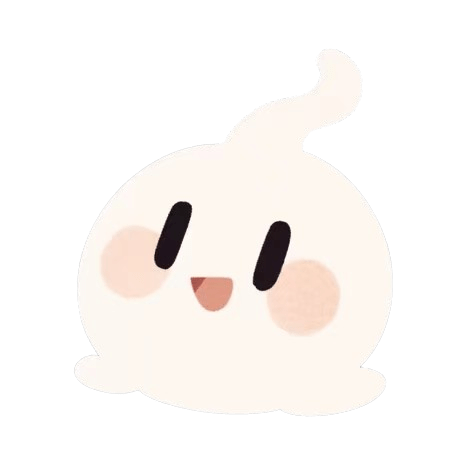Introduction to Taotie
Taotie is a mysterious creature in Chinese mythology. Its name translates to “gluttonous ogre” and is often associated with insatiable greed. Taotie’s depiction is primarily found on ritual bronze vessels from the Shang and Zhou dynasties, where it is characterized by a symmetrical, zoomorphic face, often without a lower jaw.

2. Historical Context
Origin and Evolution: The origins of Taotie remain unclear, but it is thought to have evolved from earlier totemic symbols. Over centuries, its depiction transformed, reflecting changes in artistic styles and cultural emphasis.
Bronze Age Significance: During the Bronze Age, Taotie motifs were prominent on ritual vessels, such as Ding and Gui, used in ancestral offerings. This suggests a possible connection to ancestral worship or a representation of protective or malevolent spirits.
3. Artistic Characteristics
Design Elements: Taotie typically features a face with protruding eyes, horns or antlers, fangs, and ears or curls, often arranged symmetrically. It might include a body, but this is less common. The creature’s face is sometimes split vertically down the middle, representing the duality of nature.
Material and Craftsmanship: The Taotie motifs were mostly cast in bronze, showcasing the advanced metallurgical skills of the period. The intricate designs required sophisticated casting techniques, such as piece-mold casting.

4. Cultural Interpretations
Mythological Significance: In mythology, Taotie is often viewed as a symbol of gluttony and greed. It’s theorized to be either a protective emblem or a reminder of the dangers of excess.
Influence on Later Art and Culture: The Taotie motif influenced later Chinese art and can be seen in various forms, such as in jade carvings, paintings, and architectural decorations.
5. Taotie in Ancient Texts
References to Taotie are found in several ancient Chinese texts. One notable example is from the “Classic Of Mountains And Seas” (山海经), an ancient compendium of mythic geography and beasts.
“In the mountains of Gouwu, there are many jades on the top and much copper at the bottom. There is a beast there, which has the body of a sheep and the face of a human. Its eyes are under its armpits, it has the teeth of a tiger and the claws of a human. It sounds like a baby and is called ‘PaoXiao’. It is a man-eater.”
《山海经·北山经》
钩吾之山其上多玉,其下多铜。有兽焉,其状如羊身人面,其目在腋下,虎齿人爪,其音如婴儿,名曰狍鸮,是食人
6. Taotie in Modern Context
In modern Chinese, the term “Taotie,” an ancient symbol originally depicting a mysterious and powerful mythical creature in ancient Chinese bronzeware and myths, has evolved into a meaningful metaphor. Specifically, “Taotie” is used in modern Chinese in the following two metaphorical ways:
- Metaphor for a Cruel and Greedy Person: This usage stems from the depiction of Taotie in ancient art as a greedy and terrifying beast. In modern Chinese, when someone is described as a “Taotie,” it usually implies that the person is extremely greedy, pursuing wealth, power, or other material benefits unscrupulously, possibly with destructive or unethical behavior. This metaphor emphasizes the negative traits of a person, particularly greed and cruelty.
- Metaphor for a Gluttonous Person: Another, more lighthearted usage of “Taotie” is to describe someone who loves to eat and has a large appetite. Here, the greed refers more to a strong desire and enjoyment of food. Although this usage might carry a humorous tone, it also reflects the deep impact of the Taotie image in folklore and culture. In this context, “Taotie” usually does not have a strong negative connotation and is more often used in humorous or casual situations.
Overall, the use of “Taotie” as a metaphor in modern Chinese not only demonstrates the continuity of ancient cultural symbols in contemporary contexts but also showcases the flexibility and diversity of language. Through such usage, ancient cultural heritage continues to live and spread in modern society in new forms.
